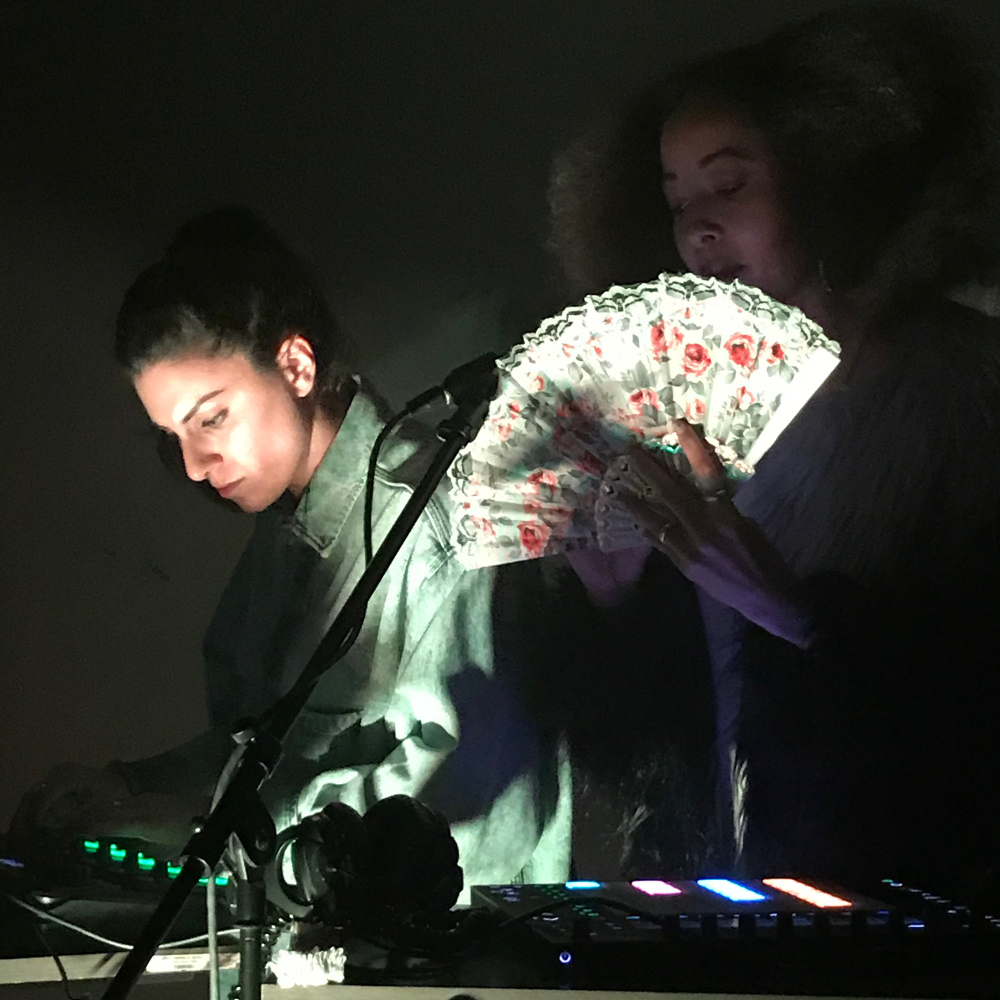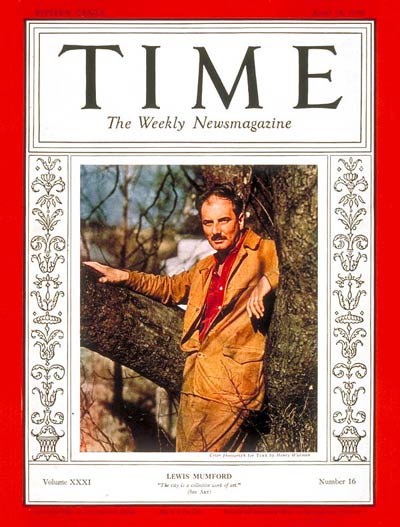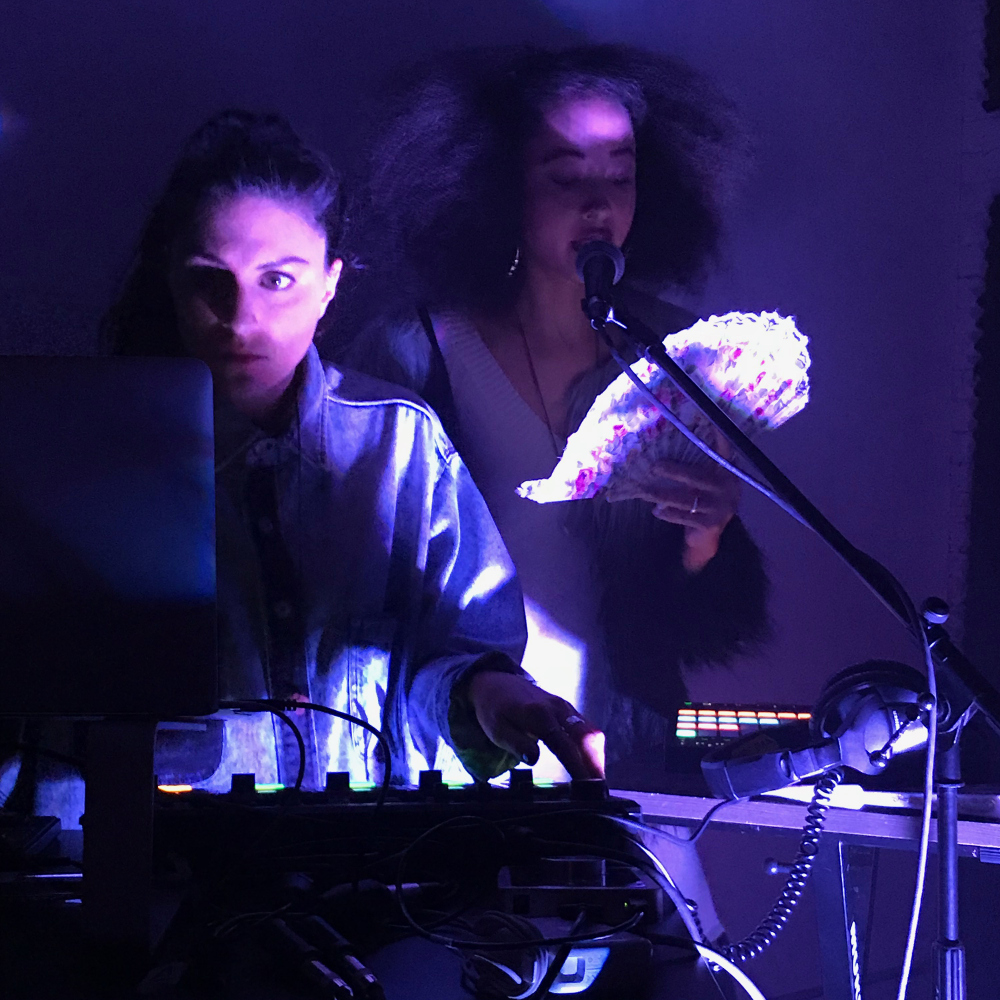"The Myth and the Machine Volume One: Technics and Human Development"
By Lewis Mumford, 1967
Selfies and porn.
When the cave people first realized that they could inscribe likenesses of things onto cave walls, what did they use their newfound powers for? To carve out images of themselves and sexually desirous attributes of others. Selfies and porn.
Odd how we've always considered such offhand tendencies such as taking selfies as trivial -- if not harmful -- and yet they have subsisted pretty much through the entirety of humankind's existence, aided by the technology of the day.
In his 1966 book, "The Myth and the Machine Volume One: Technics and Human Development." Mumford set out to "re-examine the nature of man and the whole course of technological change." He wanted to refute the then widely-held idea that what makes man different from all the other beasts was his ability to make and use tools. Instead, he argues, it was culture that is the primary force driving consciousness and progress. Sometime in the past, Mumford argued, our predecessors "mistakenly coupled their particular mode of mechanical progress with an unjustifiable sense of increasing moral superiority."
In fact, the opposite is true. Man's most serious undertaking has never been work nor tool making, but playfulness. Predecessors who mistakenly coupled their mechanical progress with an unjustifiable sense of their increasing moral superiority. But without human's capacity to give symbolic form to experience, the universe would be empty of meaning.

What first set humankind apart from other creatures was the ability to make meaning, Mumford argued. Born from dream and excess psychic energy, meaning made the universe around us, helping not only to describe what was in front of us, but what could be, or what might have been. Philosopher Max Müller called it the "Fundamental Metaphor," a "universal mythology, this flowing of our spirit into objective chaos and recreating it in our own image."
Early humans enjoyed "highly-organized nervous equipment" and big brains, allowing them to take more risks than other animals, course correcting along the way. It freed them in large degree from the immediate surroundings, not to mention the tyranny of instinctual patterns. The nimbleness of a person's digits helped with the picking, carrying, and eating of food, liberating the mouth for speech.
This fortune bequeathed humans with a "tremendous overcharge" of mental energy. "Man had to re- form and re-instate [animal instincts] at a higher level, illuminated by consciousness," Mumford wrote. The philosopher suspected that it was the dream that showed the way forward into this higher- consciousness. "Creativity begins in the unconsciousness; and its first manifestation is the dream," he wrote. Dreams opened human minds to what wasn't there. The imagination showed what could be possible. And these brought meaning to chaotic surroundings, recreating, in effect, the entire universe, in our collective consciousness.
It was this intensification of consciousness, however evanescent, that led to the creation of language, tool-making and culture, all of which raised human from the other animals. "In short, without man's cumulative capacity to give symbolic form to experience, to reflect upon it and re-fashion it, and project it, the physical universe would be as empty of meaning as a handless clock: its ticking would tell nothing," Mumford wrote. "The mindfulness of man makes the difference."
Language was slow in coming. Can you imagine your life without words, for communicating and for thinking? We have all had the experience, same as early man, "when we find that a dawning intuition cannot be translated into communicable speech for a lack of a fresh vocabulary."
Generation upon generation of humans must have permanently lived in a state of inarticulation, with an urge to make sounds, but not attaching any meaning to the resulting babble. They must have just been delighted in their joys of making noise, long before they would associate certain sounds to particular meanings. What kept the noise-making alive was ritual, which was, according to Mumford, "older than language in man's development and played an indispensable part." For humans, the mechanical nature of ritual may have warded off compulsion neurosis.
"The original purpose of ritual was to create order and meaning where none existed," Mumford wrote.
"Before man could discover and project order outside himself he had first by constant repetition, to establish it within." Magic incantations were an early form of language without specific meaning, but with power through the repeated incantations of nonsensical phrases.
Over time, they may have attached certain sounds to certain objects in their surroundings, just as in the way an infant learns that "special sounds stand for things, relations, acts, feelings, desires." But what no doubt required additional time was for us to all agree on what we were uttering. Without some standardization of meaning, each person would speak a private language, and the subsequent invention of writing would have been lost.
Anthropologists suspect that the formation of a shared language through the successive glacial periods when humans depended on big game to feed themselves-thus requiring a coordination of plans across the tribe. Cave-art could have been early re-enactments of a successful hunt, or a planning of a new one.
And here is something that language may have enabled: A move beyond the concrete. Language could not only give a name to something, but can also be used to recall the past and anticipate the future, imaging the invisible, or what was possible. Names become symbols, which now can be manipulated, reasoned against. "A general improvement in symbolic thinking was what possibly gave Homo sapiens the edge over the earlier Neanderthal types," Mumford wrote.
More Quotes From The Book Here...
See more on Mumford think-em-ups here: ""Democratic and Authoritarian Technologies."
Images and video of NYC experimental electronic music artist Kyosi folding the voice and words of Jo Annesta into her own shimmering music, H0L0, NYC

